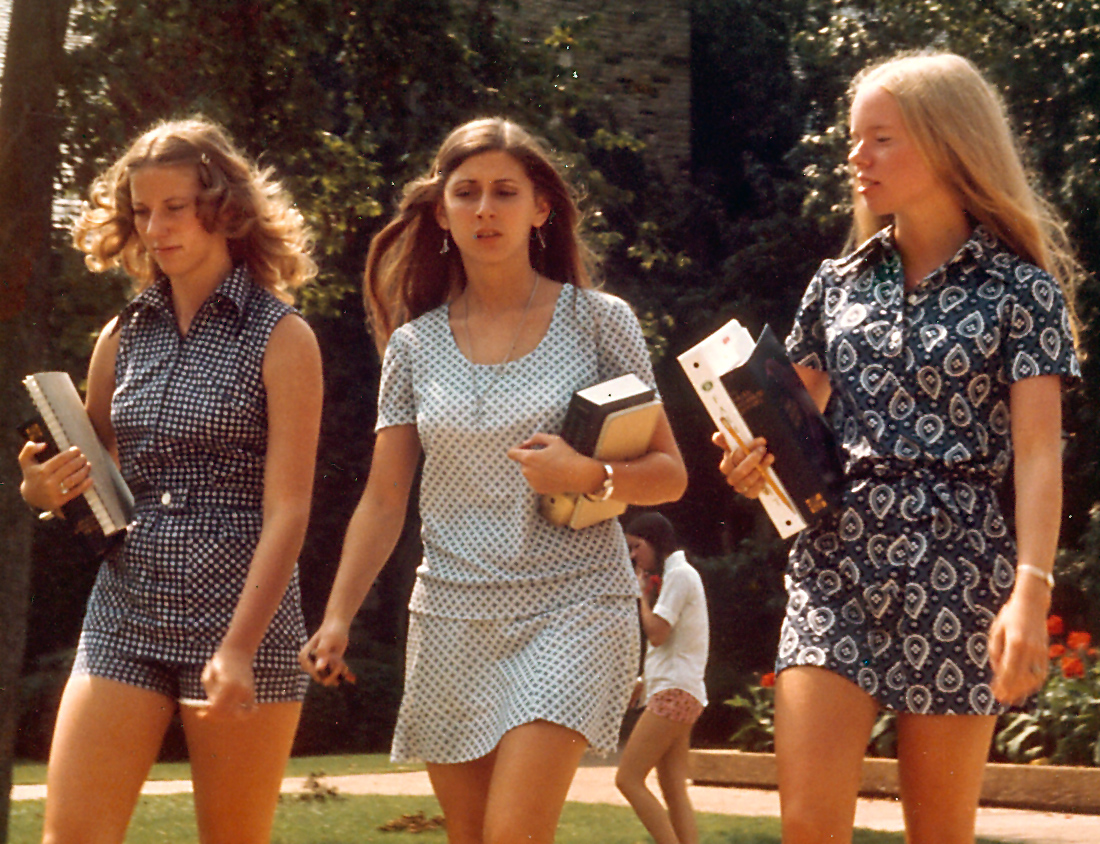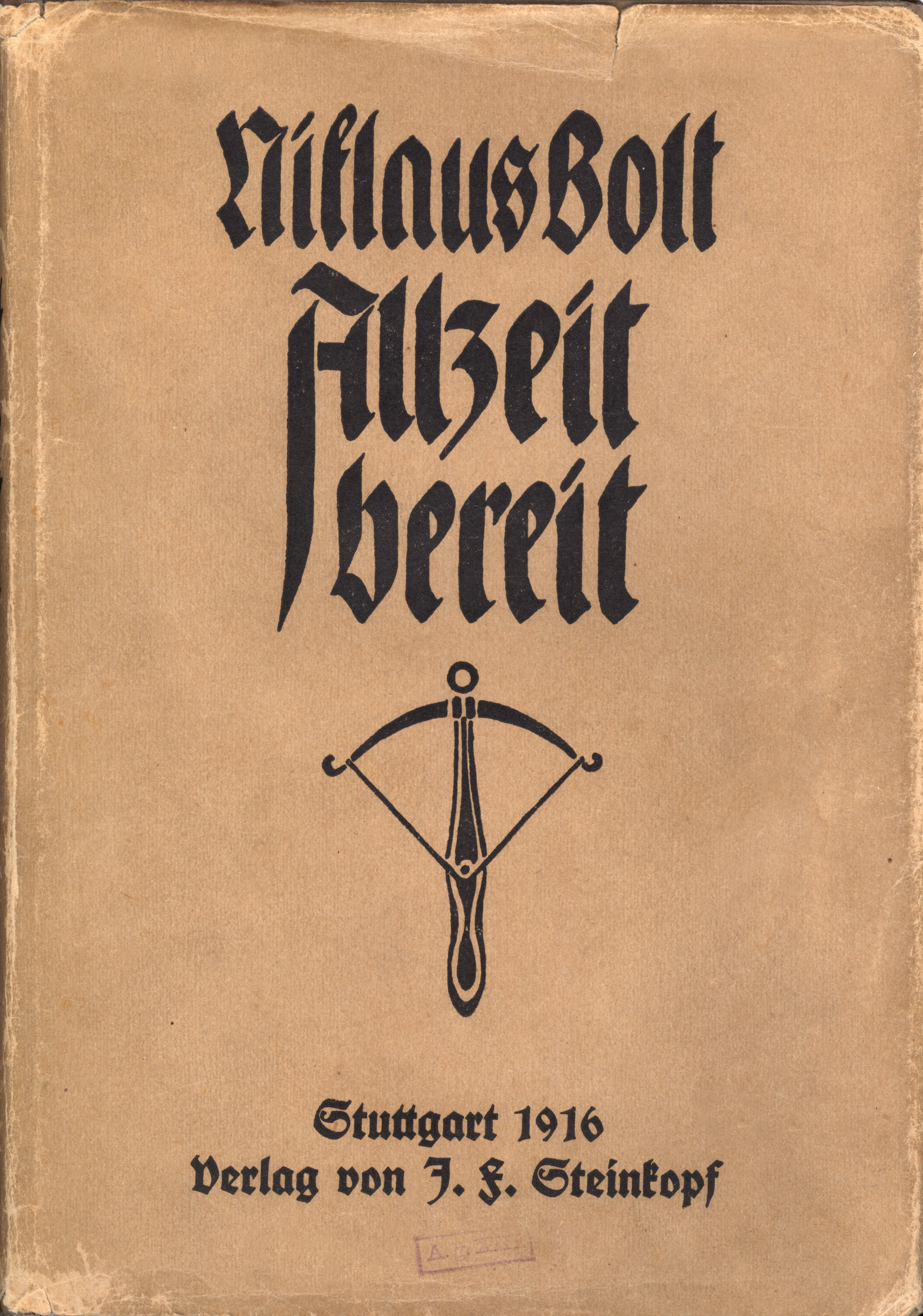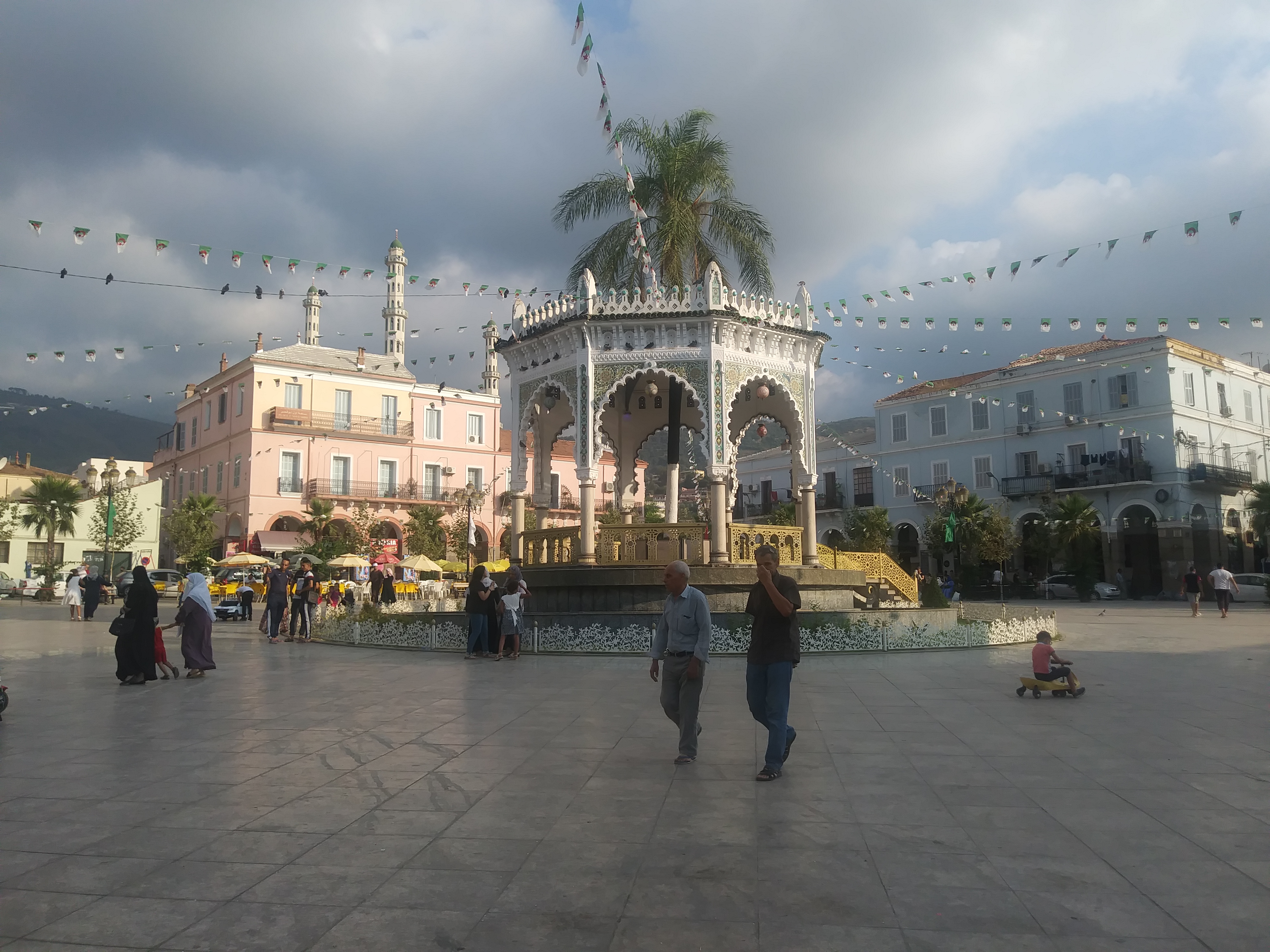|
Scouts Musulmans Algériens
Algerian Muslim Scouts (SMA; in , in ) is the national Scouting association in Algeria. SMA has 77,554 members as of 2021. History Scouting in Algeria began formatively around 1911, but Scouting was officially founded in French rule in Algeria, French Algeria in 1935, introduced by Algerian Scouter with a troop in Algiers called the "al Falah". Other sections then united with them: in Miliana the section "Ibn Khaldoun", and others in Constantine, Algeria, Constantine, Mostaganem, Blida, Sétif, Tizi Ouzou, Batna (city), Batna and Guelma. With the proposal of Bouras, the league of the scouts Moslem Algerian was created and obtained the approval of the government of the Popular front in July 1939. Encouraged by Oulémas reformists, the movement propagated patriotic ideas, was guided by nationalist chiefs, and carried out many demonstrations, like that of May 8, 1945, during which Bouzid Chaal, a young scout, died. Many scouts then took part in the war of independence, with th ... [...More Info...] [...Related Items...] OR: [Wikipedia] [Google] [Baidu] |
World Organization Of The Scout Movement
The World Organization of the Scout Movement (WOSM ) is the largest and, after the Order of World Scouts (formed in 1911), is the second-oldest international organization in the Scout Movement, having been established in 1922. It has 176 members. These members are national scout organizations that founded WOSM or have subsequently been recognised by WOSM, which collectively have around 43 million participants. Its operational headquarters is in Kuala Lumpur, Malaysia, although it is legally based in Geneva, Switzerland. WOSM's stated mission is "to contribute to the education of young people, through a value system based on the Scout Promise and Scout Law, to help build a better world where people are self-fulfilled as individuals and play a constructive role in society". WOSM operates through conferences of its member organization representatives, its committee and its full-time bureau, structured into regions. It is associated with three World Scout Centres. A World Scout Jamb ... [...More Info...] [...Related Items...] OR: [Wikipedia] [Google] [Baidu] |
Sétif
Sétif () is the capital city of the Sétif Province and the 5th most populous city of Algeria, with an estimated population of 1.866.845 in 2017). It is one of the most important cities of eastern Algeria and the country as a whole, since it is considered the trade capital of the country and an industrial pole with 3 industrial zones within the borders of the city. It is an inner city, situated in the eastern side of Algeria, 270 kilometers east of Algiers, 131 km west of Constantine, in the Hautes Plaines region south of Béjaia and Jijel. The city is at 1,100 meters of altitude. The city was part of the Phoenician Empire then it became part of the ancient Berber kingdom of Numidia, the capital of Mauretania Sitifensis under the rule of the Roman Empire. It was destroyed during the Arab invasion of North Africa. In 1839 when France occupied the site, they found it in ruins apart from Roman ruins of the Byzantine fortress of Setif, and the ruined civilian housing from ro ... [...More Info...] [...Related Items...] OR: [Wikipedia] [Google] [Baidu] |
Youth Organisations Based In Algeria
Youth is the time of life when one is young. The word, youth, can also mean the time between childhood and adulthood ( maturity), but it can also refer to one's peak, in terms of health or the period of life known as being a young adult. Youth is also defined as "the appearance, freshness, vigor, spirit, etc., characteristic of one, who is young". Its definitions of a specific age range varies, as youth is not defined chronologically as a stage that can be tied to specific age ranges; nor can its end point be linked to specific activities, such as taking unpaid work, or having sexual relations. Youth is an experience that may shape an individual's level of dependency, which can be marked in various ways according to different cultural perspectives. Personal experience is marked by an individual's cultural norms or traditions, while a youth's level of dependency means the extent to which they still rely on their family emotionally and economically. Terminology and definitions ... [...More Info...] [...Related Items...] OR: [Wikipedia] [Google] [Baidu] |
Flag Of Algeria
The national flag of Algeria () consists of two equal vertical bars, green and white, charged in the center with a red star and crescent, a symbol of Islam as the nation's prominent faith. The flag was adopted on 3 July 1962. A similar version was used by the Algerian government in exile from 1958 to 1962. The Western blazon is ''per pale vert and argent; a crescent and star gules''. Description Algerian ships fly it as their ensign, except for ships of the Algerian National Navy, which use one charged with two white crossed anchors in the canton as the naval ensign. Formerly, the two crossed anchors in the canton were red. According to algeria-un.org, cited in 1999, the features of the flag are set down precisely, being described as: Construction Sheet Symbolism The flag aims to highlight Algeria's cultural heritage, but there are different interpretations of its elements. According to Malek Chebel, green represents Islam and white represents purity. For Pierre Lux-Wu ... [...More Info...] [...Related Items...] OR: [Wikipedia] [Google] [Baidu] |
Scout Motto
The Scout Motto of the Scout movement is, in English, "Be Prepared", with most international branches of the group using a close translation of that phrase. These mottoes have been used by millions of Scouts around the world since 1907. Most of the member organizations of the World Association of Girl Guides and Girl Scouts (WAGGGS) share the same mottoes. In the first part of ''Scouting for Boys'', Robert Baden-Powell explains the meaning of the phrase: Baden-Powell on "Be Prepared" Baden-Powell provides several descriptions of how and for what situations a Scout must be prepared elsewhere in ''Scouting for Boys''. In his explanation of the third point of the Scout Law, Baden-Powell says: In the opening chapter of ''Scouting for Boys'', Baden-Powell says: Baden-Powell discusses more skills required of Scouts in Chapter IV of ''Scouting for Boys'', which addresses camp life, and he lists: * Tying knots * Making a bivouac shelter for the night, or a hut for longer-term cam ... [...More Info...] [...Related Items...] OR: [Wikipedia] [Google] [Baidu] |
Guelma
Guelma ( ''Qālima''; ; Algerian pronunciation: ) is the capital of Guelma Province and Guelma District, located in north-eastern Algeria, about 65 kilometers from the Mediterranean Sea, Mediterranean coast. Its location corresponds to that of ancient Calama (Numidia), Calama. History Antiquity Though Guelma was settled from early prehistory, it was first established as a town under the Phoenicians, who called it ''Malaca'', probably a Phoenician language, Phoenician word meaning "salt" (sharing a common etymology with ''Málaga'' in Spain). Later, the Roman Republic, Romans settled the area and renamed it ''Calama (Numidia), Calama'', part of the Roman province of Numidia. Calama prospered during the rise of Christianity; Saint Possidius was bishop of Guelma during the 5th century. Later, the Vandal invasion devastated the area. When the Byzantine Empire, Byzantines settled in the area, they built city walls to protect the community from further invasions. It was located ... [...More Info...] [...Related Items...] OR: [Wikipedia] [Google] [Baidu] |
Batna (city)
Batna () is the main city and commune of Batna Province, Algeria. With a population of 290,645 (2008 census) it is the fifth largest city in Algeria. It is also one of the principal cities of the Chaoui area and is considered the capital of Aurès. History Batna was inhabited by Chaoui tribes and there were previous settlements in the area but they were in ruins by the 18th century. The first solid foundations (a military encampment) of the city were erected by a French garrison in 1844, with a strategic mission to create a permanently guarded access point for the main Sahara road. Batna's geographical location offers a natural break through the Atlas Mountains. The ancient cities of Timgad and Lambese, built around the first century CE, are living examples of the importance that the Romans gave to commercial control over the region. Signature and proclamation of the Algerian revolution Batna The inhabitants of the city revolted against the French authorities at the beginni ... [...More Info...] [...Related Items...] OR: [Wikipedia] [Google] [Baidu] |
Tizi Ouzou
Tizi Ouzou or Thizi Wezzu (, Kabyle: Tizi Wezzu) is a city in north central Algeria, and capital of Tizi Ouzou Province and Tizi Ouzou District. It is among the largest cities in Algeria. It is the second most populous city in the Kabylia region after Béjaïa. History Foundation Tizi Ouzou was founded in 1856, after the successful expedition of France against Kabyle tribes. Etymology The name ''Tizi Ouzou'' is made up of two Kabyle words: ''Tizi'' meaning col, and ''Ouzou'' (from ''Azzu'') meaning Genisteae. The full name of the locality therefore means "the col of the Genisteae". Friction Islamists looted, and burned to the ground, a Pentecostal church on 9 January 2010. The pastor was quoted as saying that worshipers fled when local police left a gang of local rioters unchecked. Geography This city is located in the heart of Kabylie. It is in area. Tizi Ouzou is located in the valley of Assif N Sébaou. It is surrounded by mountains. The city is at an altitude of ... [...More Info...] [...Related Items...] OR: [Wikipedia] [Google] [Baidu] |
Blida
Blida () is a city in Algeria. It is the capital of Blida Province, and it is located about 45 km south-west of Algiers, the national capital. The name ''Blida'', i.e. ''bulaydah'', is a diminutive of the Arabic word ''belda'', city. Geography Blida is known as the city of roses because of the large number of roses in its gardens. Blida lies surrounded with orchards and gardens, above the sea, at the base of the Tell Atlas, on the southern edge of the fertile Mitidja Plain, and the right bank of the Oued el kebir outflow from the Chiffa gorge. The abundant water of this stream provides power for large corn mills and several factories, and also supplies the town with its numerous fountains and irrigated gardens. Within Blida is Chréa National Park, one of the largest national parks in the country and part of the Atlas Mountains. Blida is surrounded by a wall of considerable extent, pierced by six gates, and is further defended by Port Mimieh, crowning a steep hill ... [...More Info...] [...Related Items...] OR: [Wikipedia] [Google] [Baidu] |
Scouting
Scouting or the Scout Movement is a youth social movement, movement which became popularly established in the first decade of the twentieth century. It follows the Scout method of informal education with an emphasis on practical outdoor activities, including camping, woodcraft, aquatics, hiking, Backpacking (wilderness), backpacking and sports. A widely recognized movement characteristic is the Scout uniform, by intent Social hierarchies, hiding all differences of social standing and encouraging Social equality, equality, with neckerchief (known as a scarf in some countries) and (originally) a campaign hat or comparable Headgear, headwear. Distinctive insignia include the World Scout Emblem, fleur-de-lis as well as Scout badge, merit badges or patches. In some countries, Girl Guides organizations, using a trefoil insignia, exist for girls to carry-out scout training. Other programs for children who are too young to be Scouts and take the Scout Promise, such as Wolf Cubs or Cub ... [...More Info...] [...Related Items...] OR: [Wikipedia] [Google] [Baidu] |
Mostaganem
Mostaganem () is a port city in and capital of Mostaganem (province), Mostaganem province, in the northwest of Algeria. The city, founded in the 11th century lies on the Gulf of Arzew, Mediterranean Sea and is 72 km ENE of Oran. It is considered as the second-largest city in the country's northwest, after Oran, and as Algeria's fourth-largest port city with its 406.190 inhabitants as of the 2019 census.http://www.ons.dz/IMG/armature2008-%20FINAL%281%29.pdf The city was founded in the 11th century as ''Murustage'' but has origins going back to Punic and Roman Empire, Roman times. In 1516, it was captured by the Ottoman Empire, Ottoman admiral Barbarossa (Ottoman admiral), Barbarossa and became a centre for Mediterranean sea corsairs, as well as a commercial port. By 1700, it had come under Ottoman Empire, Ottoman rule. In 1833, the city was taken by France and a garrison established. Algeria became independent in 1962. History Mostaganem corresponds to the ancient Punic ... [...More Info...] [...Related Items...] OR: [Wikipedia] [Google] [Baidu] |
Constantine, Algeria
Constantine (), also spelled Qacentina or Kasantina, is the capital of Constantine Province in northeastern Algeria. During Roman times it was called Cirta and was renamed "Constantina" in honour of Emperor Constantine the Great. Located somewhat inland, Constantine is about from the Mediterranean coast, on the banks of the Rhumel River. Constantine is regarded as the capital of eastern Algeria and the commercial centre of its region and has a population of about 450,000 (938,475Office National des Statistiques, Recensement General de la Population et de l'Habitat 2008 2008 population census. Accessed on 2016-01-27. with the agglomeration), making it the third largest city in the country after |









